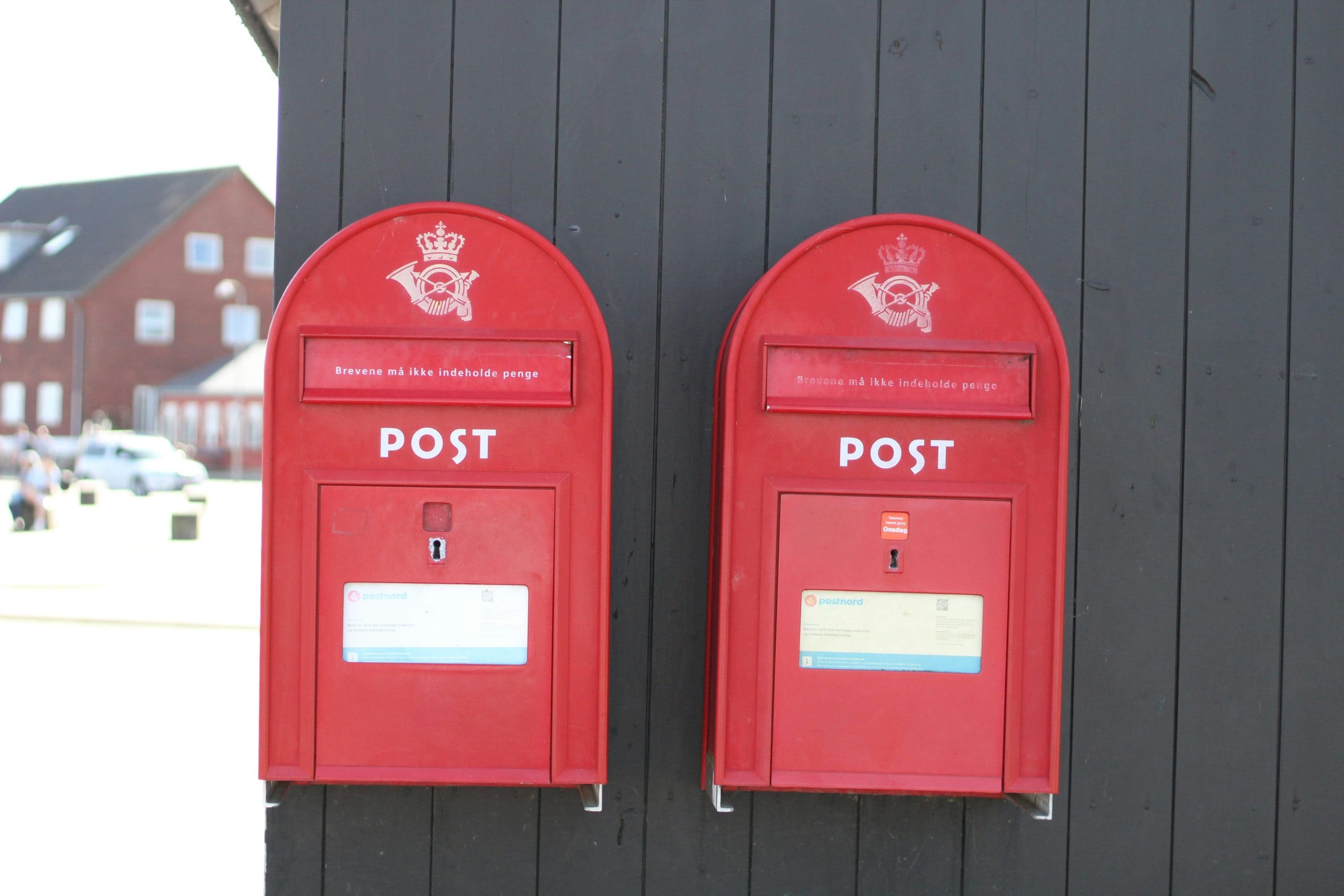
Note: This is a guest post written by Branden Dalton – When building a website, one of the most important things to consider is what colors you want to use. The colors you choose can affect how people feel about your brand, how they find their way around your site, and whether they decide to do what you want.
That’s why it’s essential to understand color psychology for websites.
Knowing what different colors mean can help you make a website that looks nice and connects with the people who visit it.
The Power of Website Color Psychology
Colors are not just aesthetically pleasing; they have the power to evoke emotions, convey messages, and influence behavior. This phenomenon is known as color psychology.
When applied to web design, it can make or break your online presence.
Warm vs. Cool Colors: Setting the Tone
Let’s start by understanding the fundamental distinction between warm and cool colors. Warm colors like red, orange, and yellow are associated with energy, passion, and excitement.
They can create a sense of urgency and grab the viewer’s attention.
Cool colors like blue, green, and purple, on the other hand, convey calmness, trust, and stability.
Choosing a Primary Color
Your website’s primary color, often used for headings and critical elements, should align with your brand’s personality and message.
For example, a sleek and futuristic blue might be a suitable choice if you run a technology company focused on innovation and cutting-edge solutions.
Secondary Colors: Creating Balance
Secondary colors complement the primary color and add depth to your website. These colors should harmonize with the primary one while providing visual variety.
Balancing warm and cool secondary colors is essential to maintain a harmonious user experience.
Accent Colors: Adding Emphasis
Accent colors are like the exclamation points in your web design. They are used carefully to draw attention to specific elements, such as call-to-action buttons or essential messages.
A vibrant accent color, strategically placed, can guide users’ focus and encourage them to take desired actions.
Colors and Emotional Responses
Let’s delve deeper into website color psychology by exploring the emotional responses associated with different colors:
Red: Passion and Urgency
Red is a bold and attention-grabbing color. It’s often associated with passion, excitement, and urgency. Brands like Coca-Cola and Netflix use red logos to stimulate immediate action.
Blue: Trust and Stability
Blue is a favorite among many businesses, particularly those in finance, healthcare, and technology. It conveys trust, reliability, and stability.
Social media giant Facebook, for instance, employs blue to establish trust in its platform.
Green: Health and Growth
Green is strongly linked to nature and health. It represents growth, renewal, and balance.
Companies like Whole Foods and Animal Planet leverage green to highlight their commitment to sustainability and well-being.
Yellow: Optimism and Cheerfulness
Yellow is all about optimism, cheerfulness, and positivity. It can be used to grab attention and convey a sense of happiness.
Brands like McDonald’s and IKEA harness yellow to create a vibrant and inviting atmosphere.
Purple: Luxury and Creativity
Purple is often associated with luxury, creativity, and sophistication. It’s a favorite brand in the beauty and fashion industries.
Think of Cadbury and Hallmark – their purple logos exude elegance.
Orange: Energy and Creativity
Orange combines the energy of red with the cheerfulness of yellow. It’s associated with innovation and creativity.
Brands like Fanta and Home Depot use orange to stand out and spark enthusiasm.
Black: Elegance and Sophistication
Black represents elegance, sophistication, and luxury. Many high-end brands like Chanel and Prada incorporate black into their branding to convey exclusivity and timeless style.
White: Simplicity and Purity
White is all about simplicity, purity, and cleanliness. It provides a blank canvas that allows other colors to stand out.
Tech giants like Apple and Google use white to communicate simplicity and innovation.
Cultural Considerations
Cultural considerations are a vital aspect of website color psychology. It’s essential to consider cultural differences. Colors can mean different things in different parts of the world. What might be perceived as positive and uplifting in one part of the world could hold entirely different meanings elsewhere.
For example, white is often associated with weddings in Western cultures, but it can mean mourning in some Asian cultures.
Red is a lucky color in China and is often used in celebrations, but it can be a color of mourning in some African countries.
Yellow is often seen as a happy color in Western cultures, but it can be associated with danger in some parts of the Middle East.
Black is often seen as elegant in Western cultures, but it can be a color of mourning in some Asian cultures.
Understanding these differences is vital to choosing the right colors for a website that will appeal to people from different cultural backgrounds.
The Role of Contrast
When designing a website, there’s something essential that many people don’t know about – contrast. This makes your website easy to read and review and directs attention to certain page parts.
It’s crucial to use contrast to make your website enjoyable to look at so that people stay engaged with it.
It’s also essential to ensure that people with disabilities can use your website.
If you use contrast well, your website will be an excellent place for everyone to come and learn, no matter who they are or what they need. So, if you’re planning a website, make sure you think about contrast!
Testing and Iteration
Choosing the right colors for your website is like creating a beautiful painting. It takes time, effort, and careful thought to get it right.
While you can get ideas from color psychology and design principles, the most important thing is how your audience feels about your chosen colors.
This is where testing and iteration come in.
One way to test different color combinations is called A/B testing. This helps you see how people behave when they see different colors on your website.
You can look at how many people click on links, how many people buy things, and how long people stay on your website. This information can help you make better choices about what colors to use.
Using A/B testing, you can turn your color ideas into accurate data that helps you make better decisions. This can help your website be more engaging, get more people to buy things, and be more successful overall.
Color Psychology as a Powerful Tool that Reflects Your Brand’s Image
When designing websites, color psychology can be a powerful tool to communicate your brand’s message, create certain feelings, and influence how people behave on your site.
By picking colors that match the emotions you want to convey, considering cultural differences, and using contrasting colors effectively, you can make a website that looks great and connects with your audience.
Your color choices aren’t set in stone, though – it’s a good idea to keep testing and changing things to ensure your website’s colors work well with your brand’s goals and values.






